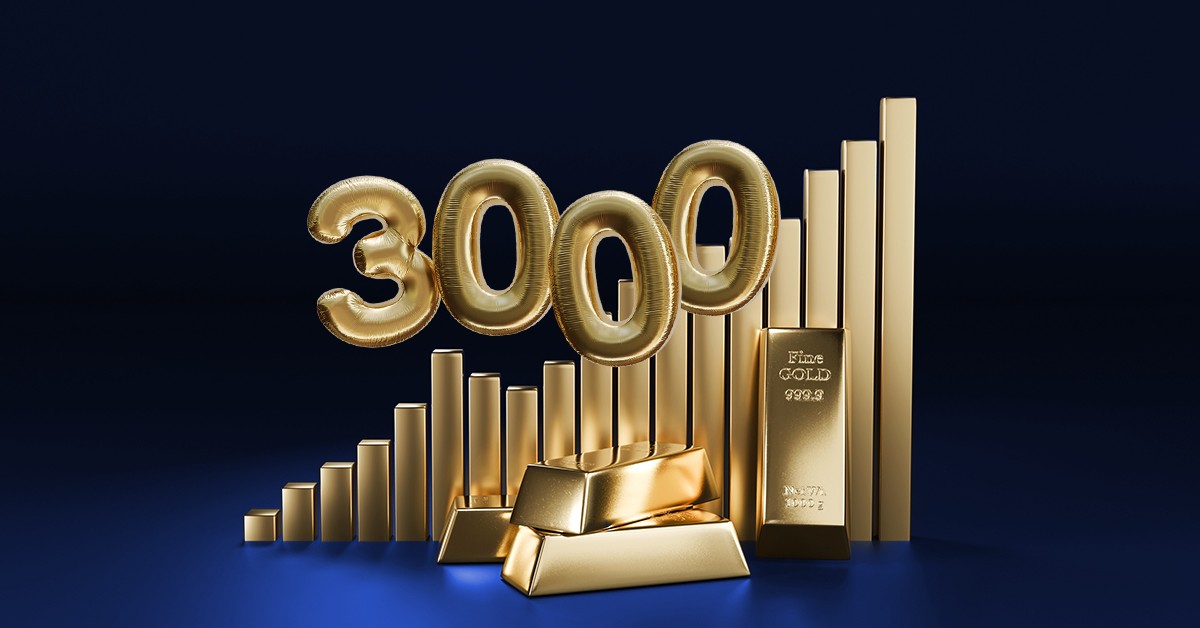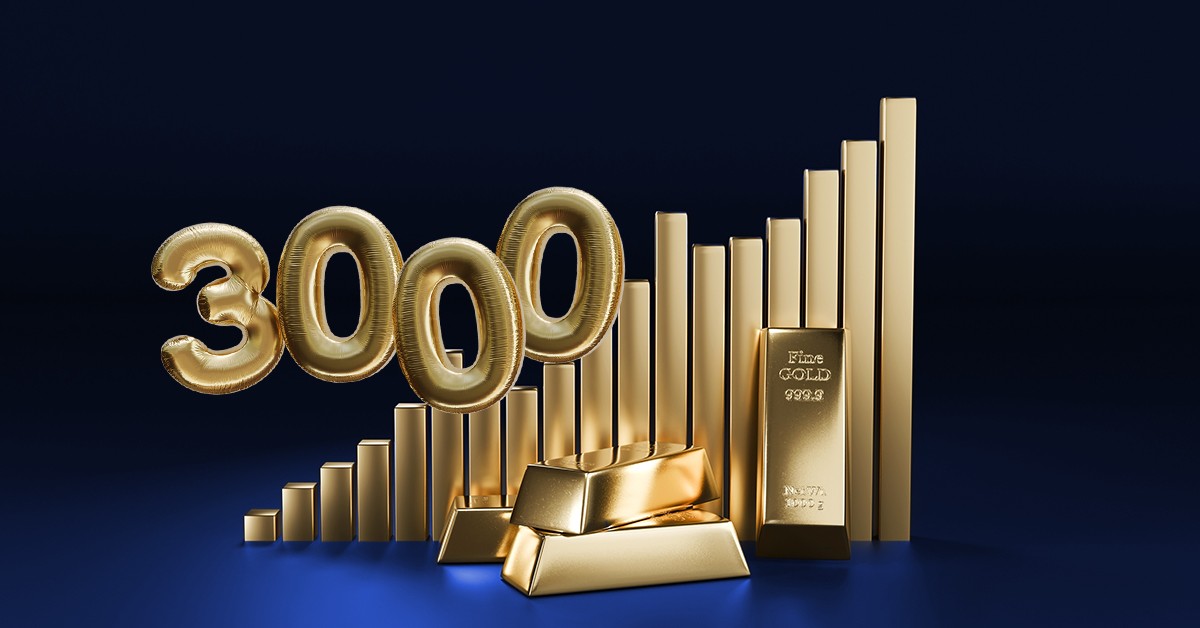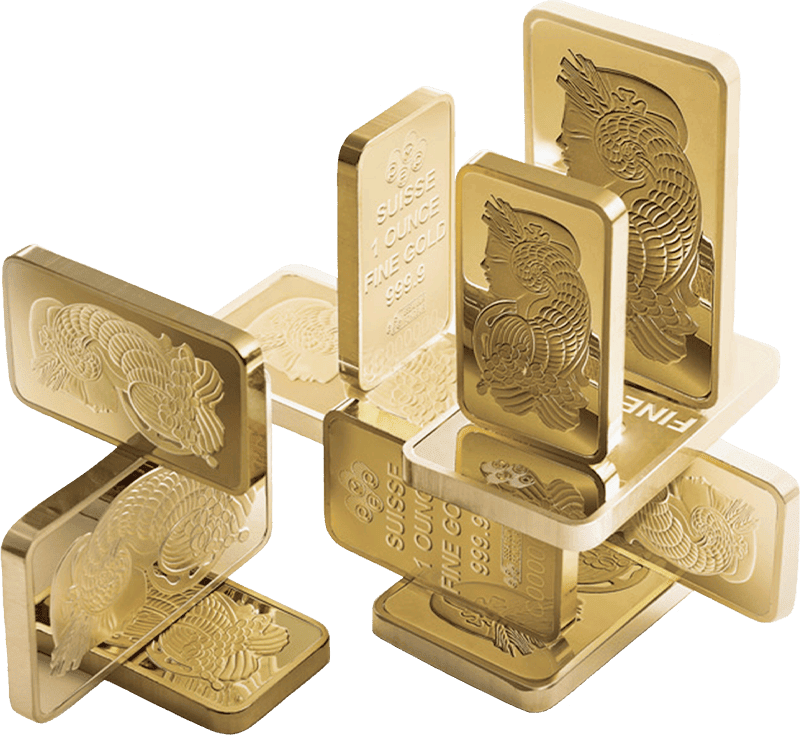
Gold breaches $3,000 mark: read four key 2025 analyses and keep calm
19. 03. 2025For the first time in history, gold has broken through the major psychological barrier of $3,000 per troy ounce. As a safe-haven asset, its value is rising while US stocks, including some of the very biggest players, are tumbling. But while it’s great to celebrate milestones, let’s not forget that gold is a long-term investment.
Although gold has had a strong start to 2025, the year is far from over. That’s why it’s worth looking at the forecasts from leading analysts to see whether another golden year lies ahead.
Rohit Savant (CPM Group LLC)
Analyst Rohit Savant believes uncertainty will remain the dominant theme this year. Several political and economic risks are driving up gold prices, and he expects these risks to increase rather than diminish. This, in turn, should keep gold an attractive portfolio diversifier.
Central banks could also play a key role, as Savant predicts they will continue to be strong buyers of gold. As a result, he estimates the price of gold will hover around $3,150 per troy ounce.
Chantelle Schieven (Capitalight Research)
The same factors that pushed gold prices up in 2024 will continue to do so this year, according to Chantelle Schieven of Capitalight Research. And what are the most critical ones? Demand on the part of central banks and geopolitical uncertainty. “Gold could literally surge at any time on the back of any number of crises over the next several years,” Schieven explains. She also warns that increased economic and financial instability could cause markets to question the ability of governments to service high debt levels, let alone deal with any further crises such as a pandemic or military conflict.
She emphasises that debt doesn’t just weaken the US dollar, but also undermines other currencies. As a result, investors will be scrambling for a safe haven. In her view, gold could climb as high as $3,290 per troy ounce this year.
Bernard Dahdah (Natixis)
Trump’s inflationary tariffs are likely to lead to a more measured approach to interest-rate cuts. According to Bernard Dahdah, gold prices will continue to rise, albeit perhaps at a potentially slower pace than last year. He also expects countries that are not on friendly terms with the Western bloc to accelerate their move away from reliance on the dollar, driven largely by concerns over the freezing of Russian assets following the invasion of Ukraine.
Dahdah identifies three key drivers of gold prices: Federal Reserve interest rates, demand on the part of central banks, and demand by Western investors. He forecasts that gold could reach $3,200 per troy ounce.
Nicky Shiels (MKS PAMP SA)
Analyst Nicky Shiels notes that gold’s trajectory won’t be as straightforward as in the past year. The peak of political uncertainty has passed following Trump’s victory, reinforcing the US focus on deregulation, tax cuts, and tariffs. She also highlights a key factor: the global shift away from the US dollar. The direction gold takes will largely depend on whether the Federal Reserve is ahead of or behind what she calls the “Trumpflation curve”, i.e. whether real interest rates will fall and lead to a softer dollar.
In general, Shiels expects messy and unpredictable politics, along with an unsustainable level of global debt, to create a strong environment for gold. In such situations, gold remains a key portfolio diversifier and a safe haven for investors. She predicts that gold will hover around $3,200 per troy ounce this year.
Analysts Agree
Each year, LBMA publishes a summary of leading analysts’ forecasts. This year, the overwhelming majority agree that gold could remain above $3,000 per ounce. However, they also warn that its rise may not be as smooth or straightforward as it was in 2024.
What does this mean for you?
If market fluctuations worry you, or if you simply don’t have the time to analyse them, you might want to consider the benefits of incremental investing and cost averaging. By investing the same amount in gold each month, you can smooth out market volatility and ensure that, over the long term, you’ve secured the best possible average price.





